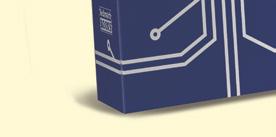
4 minute read
Secure communication with 7 bits per photon
Credit: University of Twente
Fast development of quantum computing increases the risk of breaking cryptography. At the University of Twente, researchers developed a new method using photons for secure key generation, resulting in transmission speeds of up to 7 bits per photon.
Advertisement
Antoinette Brugman
Cryptography is a necessary step in securing communication of sensitive data. The fast development of quantum computing risks to break existing cryptography in the near future. This threatens the security of future communication but also of recent communication that has been stored. Therefore, new methods using quantum technology are being developed for data encryption that can’t be broken by quantum computers.
The new method developed at the University of Twente (UT) is a more sophisticated version of an existing system: Quantum Key Distribution (QKD). Commercial QKD systems are available already from several vendors. They use single particles of light – photons – that can be transmitted over the fiberglass cable grid, in a grid of two polarization directions perpendicular to each other. One direction representing 0, the other 1.
Randomly switching between bases
The QKD system randomly sends its information using two different bases: one with a grid in the horizontal and vertical direction (rectilinear), the other with a rotated grid (diagonal). To detect the photons, the receiver randomly switches between the same two bases. However, correct detection is only possible if the right grid is used. After sending all the photons, both sides exchange the sequence of the alternating basis they used – this can be openly done over the Internet. Thus, both the sender and the receiver know which measurements were done in the same basis and, therefore, which photons sent were properly detected. The receiver only keeps these measurements and deletes the others. As a result, both sides have a unique row of photon positions forming the secret key to encrypt and decrypt their communication.
If an attacker intercepts the communication, either that particular photon is lost – and nothing is detected by the receiver – or a new photon is inserted that probably wasn’t sent in the right basis. The sender and receiver use a small fraction of the photons measured in the correct ba

UT researchers, led by professor Pepijn Pinkse, developed a new method using photons for secure key generation. Credit: University of Twente
sis to check for errors. If the receiver has too many incorrect readings, although he detected the photons in the same basis as they were transmitted by the sender, he knows the information was intercepted. This enables him to judge whether the communication was secure.
Photon states increased to 1024
Because QKD only uses two states, 0 and 1, you might say the photons are encoded in an alphabet of two letters: a and b. This limits the data transmission to 1 bit per photon. UT researchers, led by professor Pepijn Pinkse, developed a system that increases the number of photon states to 1024. Their system directs each photon to a specific position on a grid of 32 by 32 different spatial positions.
At the receiver side, detectors are positioned on a similar grid. These are able to localize the specific position of the incoming photon. Similar to changing the grid orientation in the QKD system – to make it difficult for an attacker to see what was trans
Spatial encoding and decoding scheme and possible basis choices therein, using a 10-by-10 grid and creating an optical image I or its Fourier transform F. Credit: New Journal of Physics.
mitted – in the system developed at the UT, the sender randomly switches between two different ways of imaging the photon: by showing the optical image or its Fourier transform. This is done by randomly placing an extra optical lens in the light path.
Faster transmission rates
The new system theoretically should achieve transmission speeds of 10 bits per photon. Noise in the system limits this to 7 bits per photon. Unfortunately, practical implementation is difficult. The photons are imaged
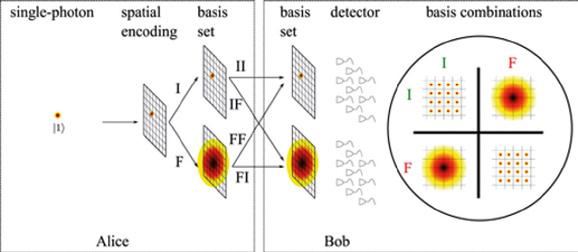
and detected using a spatial grid, but this spatial information is lost when they’re sent through a fiberglass cable.
The research did contribute to furthering the knowledge about QKD at faster transmission rates. “Our work has led to new insights that certainly can be useful in the development of other higher-transmissionspeed QKD systems, like systems using a method to separate photons in time or frequency,” states Pinkse. “We expect these systems to become commercially available within only a few years from now.”
FORTUNES OF

HIGH TECH A HISTORY OF INNOVATION AT ASM INTERNATIONAL 1958-2008
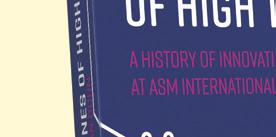
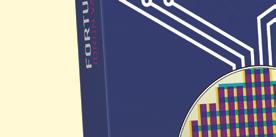
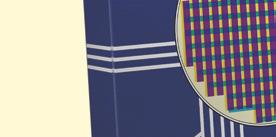
Jorijn van Duijn explores the dynamics behind the greatest high-tech innovation: the computer chip. This brand new book describes the history of ASM International between 1958 and 2008.
Order now

